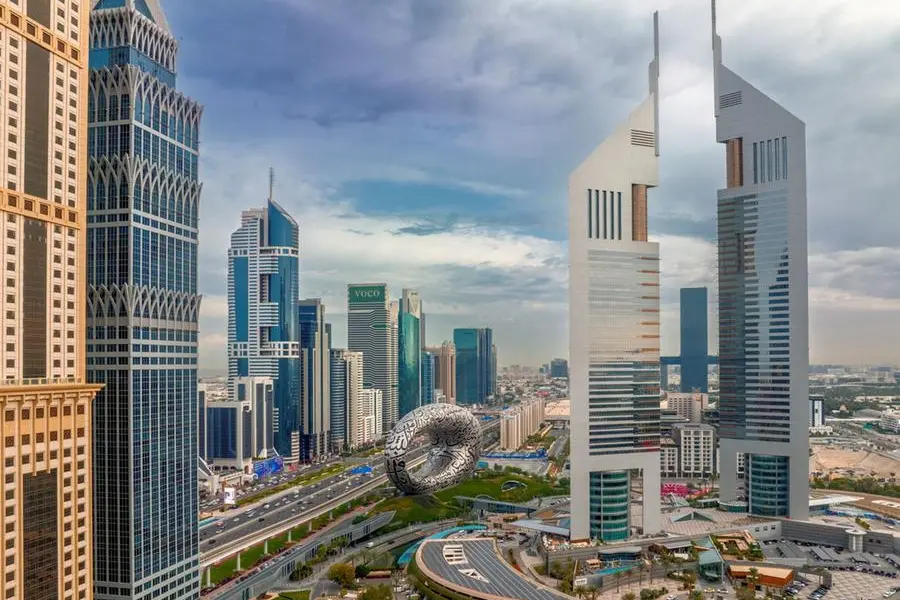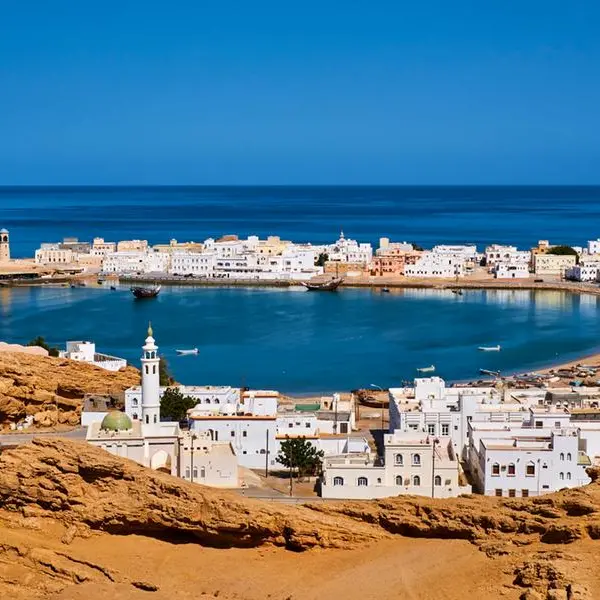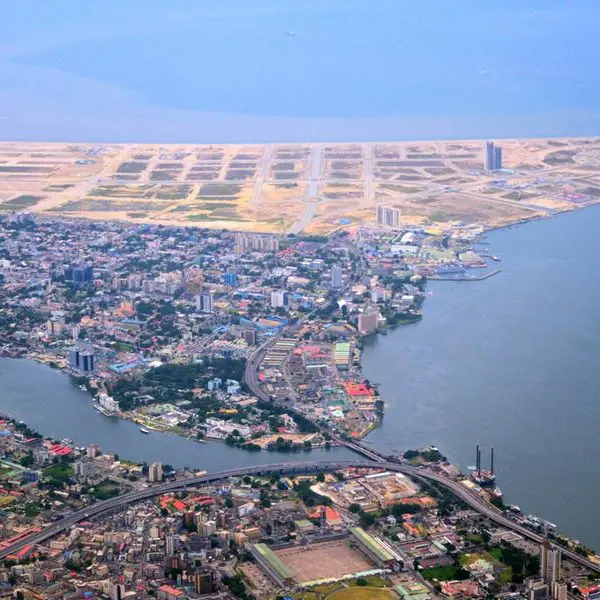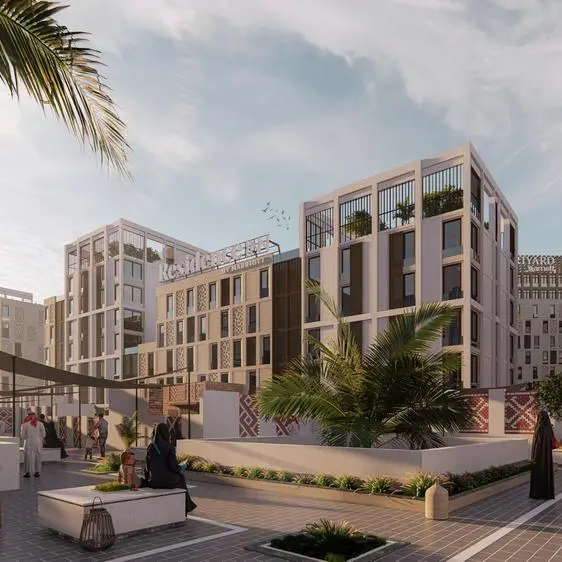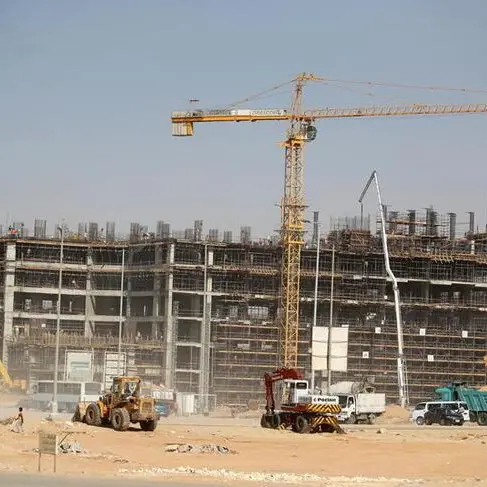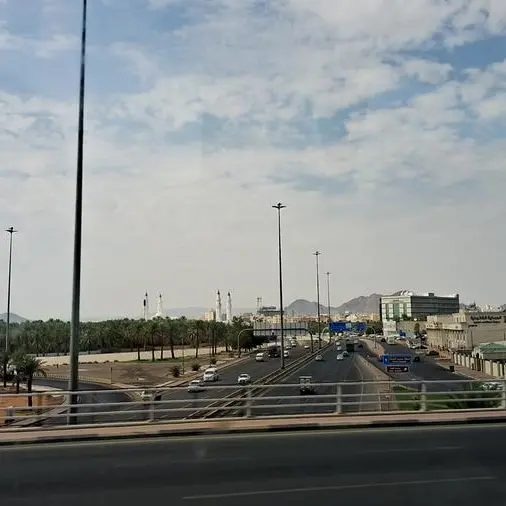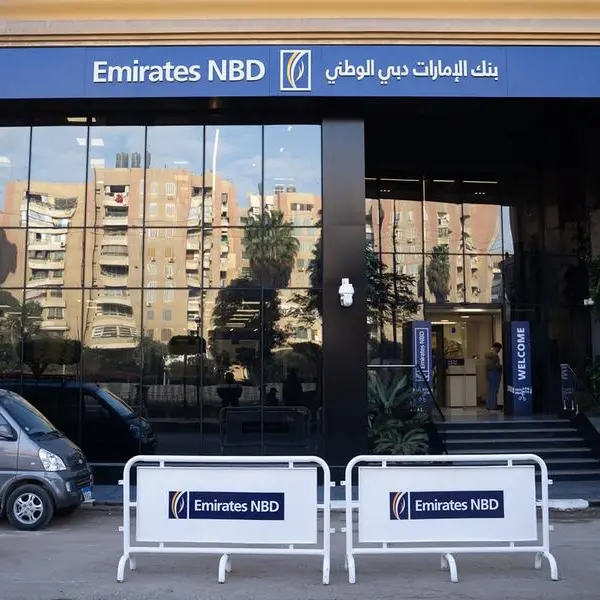PHOTO
The Saudi and UAE economies, the largest in the region, are projected to grow in the next two years due to massive infrastructure projects in the Kingdom and strong tourism and hospitality sectors in Dubai, according to a Western report.
Geopolitical events over the past two years have not had any significant impact on the Saudi economy and on projects in Abu Dhabi and Dubai, the Institute of International Finance (IIF) said in a report sent to Zawya Projects.
“The Saudi economy continues to benefit from the implementation of large infrastructure projects funded by the Public Investment Fund (PIF) and the National Development Fund (NDF),” said the Washington-based IIF, which is owned by over 400 leading Western banks.
The report said it expects that the phase-out of oil production cuts will boost overall growth to 4.8 percent in 2025, as compared with 1.1 percent in 2024
“We expect Saudi Arabia’s oil production to increase by 8.4 percent in 2025, as compared with a cumulative decline of 14.6 percent in 2023-2024… Non-oil GDP growth should remain robust at 4.6 percent, driven by private consumption and public investment.”
According to the report, titled “IIF note on GCC”, investments abroad by the PIF continue to drive resident capital outflows, which are projected at $80 billion in 2024.
It estimated the stock of public foreign assets (official reserves plus PIF assets) at around $1.3 trillion, nearly 117 percent of GDP.
“An ambitious reform agenda underpins Saudi Arabia’s economic diversification efforts away from oil to raise potential growth. Considerable progress has been made in improving the business environment, including easing online licensing, and 100 percent foreign ownership of projects,” The report noted.
Turning to the UAE, IIF said it expects the current macroeconomic performance and near-term outlook remain favorable.
“The economy will continue to enjoy robust growth in 2024 and 2025 of around 4 percent, supported by continued strong domestic demand…. Dubai’s strong growth continues to be driven by tourism and hospitability,” it said.
The report said the UAE remains the main regional destination of FDI inflows, attracting about $30 billion in 2023, nearly 6 percent of GDP, the highest among emerging economies.
It attributed the large FDI inflow to what it described as the friendly business environment, excellent infrastructure, and diversified economy by regional standards.
The report said that the “bolstered” UAE appeal to international investors can be attributed to a confluence of strategic reforms, including the allowance of 100 percent foreign ownership in specific sectors, enhanced intellectual property protections, and streamlined licensing procedures.
“The Central Bank of the UAE has introduced comprehensive regulations to oversee digital currencies, which helped to attract global investors and foster confidence in digital currency markets. The issuance of digital currency is a part of its roadmap for 2023-2026,” it added.
(Reporting by Nadim Kawach; Editing by Anoop Menon)
(anoop.menon@lseg.com)
Subscribe to our Projects' PULSE newsletter that brings you trustworthy news, updates and insights on project activities, developments, and partnerships across sectors in the Middle East and Africa.
